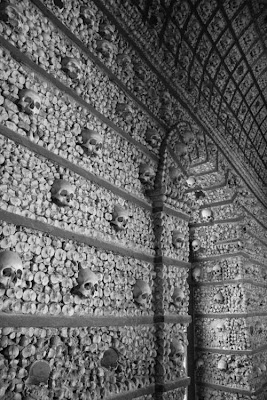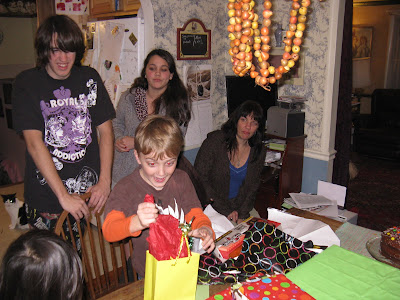In Tuesday's
Richmond Times-Dispatch, Bill McKelway
reported the sad story of a murder among America's outcasts. The killing took place in a homeless camp known to its inhabitants as Valhalla, near the Acca Yards, an old rail yard maybe a mile from the house where I am writing these words. A man's body was found near Valhalla last week. He had been dead, the police estimated, for about a week, and his body bore the signs of a severe beating. As you can imagine, this crime was not exactly a top priority for the police, and the neighbors were not especially cooperative, so it was a few days before the body was identified as that of a homeless man known to his acquaintances as Yard Sale. He was called Yard Sale "because he would leave his belongings scattered around his sleeping area when he drank," giving his home the appearance of a yard sale in progress. Back in 2006 the body of another homeless homicide victim was found in the same area and the case was never solved, so the police probably did not have high hopes of finding Yard Sale's killers -- detective work is hard enough when the potential witnesses are not all schizophrenic drunks, well nigh impossible when they are.
In this case, though, the police found one person who knew Yard Sale very well. This was a 28-year-old woman named Lucille Obarzanek, who graduated from the University of Vermont in 2007 with a degree in psychology. She is the child of Polish immigrants who ran a Bed and Breakfast near Stowe; her father, she said, had once been an opera singer back in Poland. Obarzanek's mother died a few years ago and her father died in June, starting her on a downward spiral that has ended in the Richmond jail, where she sits, unable to make bail on a trespassing charge. She took up with Yard Sale over the summer and rode the rails with him down to Pennsylvania, and then from Pennsylvania to Richmond. They were headed, they thought, for New Orleans:
We were going to try to make a go of it. To get to Louisiana and find work and raise a family.
That part of the trip was not so bad, Obarzanek said:
There are times [riding boxcars] is invigorating and sort of exciting seeing new places, but you get very tired and I miss being able to stay clean and take a shower.
But then they washed up in Valhalla, stuck for reasons Obarzanek could not explain. There they begged for change and spent the money on alcohol. When Yard Sale drank, he turned mean, and two of the other residents of Valhalla took offense. These were two long-time bums known as Satan and Roofless, who shared their shack with a stray pit bull. According to Obarzanek, these two men told her they didn't like they way Yard Sale was treating her, so they "beat him up and ran him off." The police have arrested them both on charges of voluntary manslaughter, apparently accepting their claim that they only intended to scare Yard Sale and left him alive.
Now Lucille Obarzanek, surrounded by death, nears despair:
"I sort of feel like I am losing touch with myself," she said. "It is getting harder to think about who I am. Sometimes I just want to die."
At the shack where these events took place, reporter McKelway found a sad memento of the people who lived there:
On the floor of the lean-to where Satan and his pit bull lived with Roofless, Yard Sale and Lucy, a hand-printed sign they used to beg for money was turned facedown in the dirt yesterday.
It shows a train track and a distant setting sun and reads: "Passin Thru. Hungry & Broke."
I wonder what the future holds for Lucille Obarzanek. Driven by the furies of loss, loneliness, and mental illness -- surely she was led to study psychology by a need to understand her own troubled mind, or perhaps her troubled family -- she went from wealthy Stowe to a homeless camp in a pine grove by a rail yard, and from there to a Thanksgiving spent in jail, where no one has visited her but a reporter drawn by the lowlife baroque, Threepenny Opera details of her lover's murder. Perhaps she will one day "make a go of it," as she tried to do with Yard Sale, and escape from her sad prison; but when your prison is in your own mind, escape is hard, and most doors lead only to sad, lonely, tormented places like Valhalla.




















































